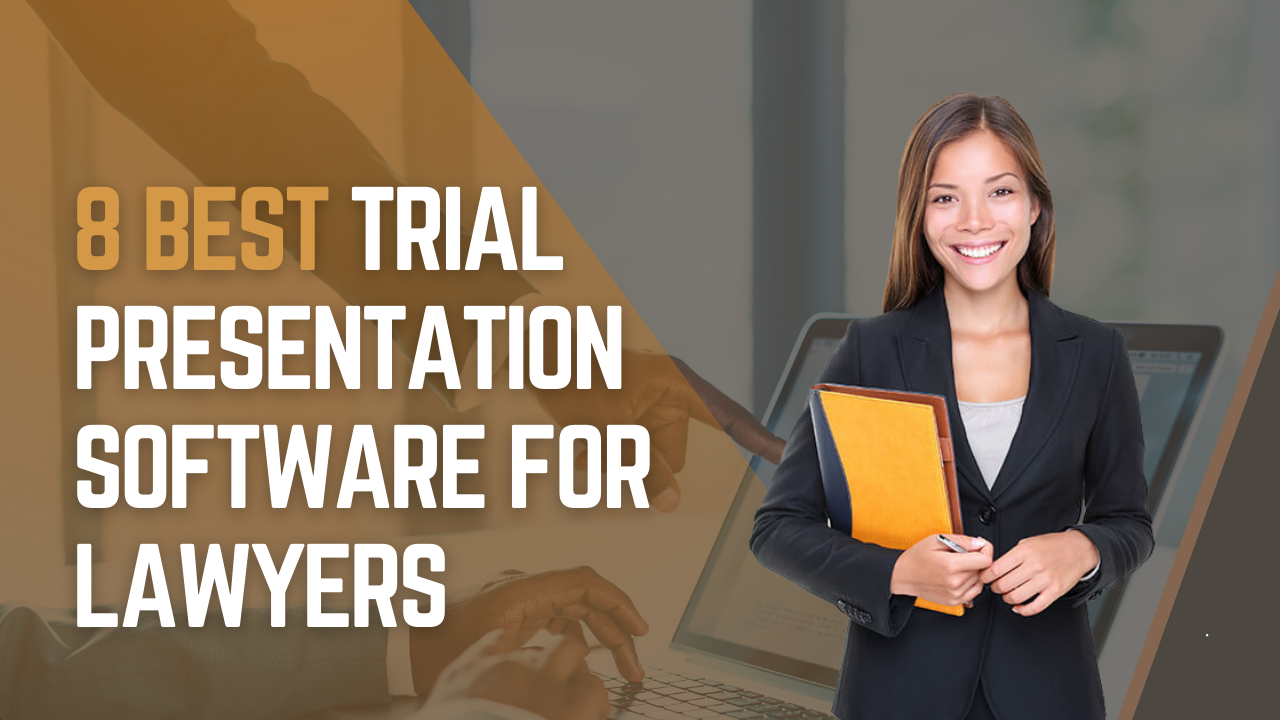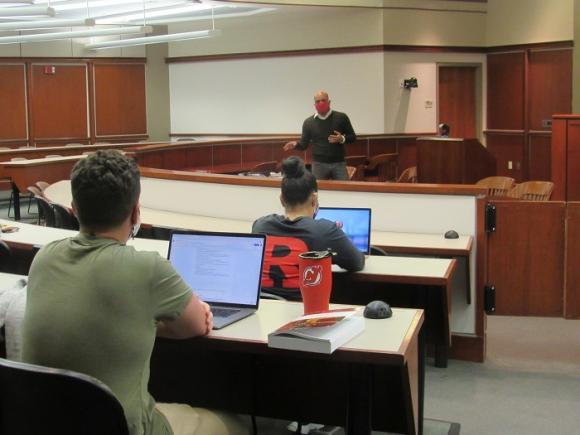Top Techniques for Creating Impactful Trial Presentations in Court Setups
Top Techniques for Creating Impactful Trial Presentations in Court Setups
Blog Article
Navigating the Complexities of Test Presentations: Tips for Seamless Delivery and Compelling Disagreements
In the realm of legal proceedings, the art of test presentation stands as an essential factor of success. The complexities integral in trial discussions need a delicate balance of strategy, skill, and skill.

Understanding Trial Purposes
To successfully browse a trial, it is critical to have a clear understanding of the goals that require to be attained. Before entering the courtroom, lawful groups have to specify their goals and preferred results. These goals act as leading principles throughout the test, forming strategies and influencing decision-making procedures.
Understanding test objectives includes a detailed analysis of the instance, legal precedents, and the client's benefits. Trial Presentations. It requires a precise assessment of the truths, identifying key concerns, and expecting possible challenges. By establishing measurable and particular objectives, attorneys can tailor their discussions and disagreements to align with the desired outcomes
In addition, a clear grip of test goals allows legal groups to prioritize evidence, witnesses, and lawful arguments successfully. It enables the advancement of a meaningful narrative that reverberates with the discretionary, enhancing the overall situation discussion.

Organizing Proof Properly
Having a clear understanding of test objectives lays the structure for arranging evidence successfully in lawful process - Trial Presentations. By aligning the presentation of proof with the desired results of the test, lawful groups can enhance their debates and boost their persuasiveness. One critical aspect of organizing proof is classification. Grouping evidence based on themes or significance to particular legal components can assist improve the presentation and make intricate details more absorbable for the court or court.
An additional key aspect in arranging evidence properly is establishing a sensible circulation. Presenting evidence in a consecutive and systematic manner can help develop an engaging narrative that supports the lawful arguments being made. In addition, utilizing aesthetic aids such as timelines, charts, or charts can even more boost the company of proof and aid in making clear intricate connections or series of events.
Additionally, making sure that all evidence offered is pertinent and acceptable to the case is important. Unimportant or inadmissible evidence can take away from the strength of the argument and potentially harm the credibility of the offering party. A precise review and selection procedure should be undertaken to consist of just the most legitimately sound and impactful proof in the trial presentation.
Crafting Convincing Narratives
Crafting engaging stories plays a pivotal function in offering influential disagreements during lawful procedures. A well-crafted story has the power to astound the target market, stimulate feelings, and ultimately sway the choice for the presenting celebration. When building a narrative for a trial discussion, it is vital to develop a clear storyline that highlights key points and connects them in a coherent fashion. Begin by detailing the facts of the case in an engaging way, making sure that the sequence of events is easy to follow. Present personalities check this site out effectively, providing history details that assists the audience understand their motivations and activities. Additionally, including dazzling summaries and engaging language can bring the narrative to life, making it extra memorable for the judge and court. By weaving together evidence, testament, and legal arguments right into a persuasive and natural narrative, attorneys can efficiently support for their customers and boost the possibility of a favorable end result in the court.
Understanding Visual Aids
Reliable use visual help is vital to enhancing the effect and quality of trial presentations. Aesthetic help, when utilized tactically, have the power to streamline complex info, enhance bottom lines, and leave an enduring impact on the discretionary. To master visual help in test discussions, it is critical to ensure that they are clear, concise, and appropriate to the disagreements being made.
When including aesthetic help, such as charts, timelines, pictures, or charts, into a trial presentation, it is vital to maintain them aesthetically appealing yet expert. The visuals ought to enhance the spoken disagreements, giving a graph of the info being gone over without frustrating the target market with unneeded information.
Moreover, exercising with the aesthetic help in advance is imperative to ensure a smooth distribution throughout the trial. Familiarizing oneself with the web content, changes, and timings of each aesthetic help can assist preserve the flow of the presentation and prevent technological problems that might occur.
Providing Impactful Closing Arguments
A compelling closing debate works as the conclusion of a trial discussion, encapsulating the core story and convincing the discretionary towards a positive decision. To provide an impactful closing argument, it is important to succinctly wrap up essential factors, highlight the staminas of your situation, and address any kind of weaknesses in a strategic fashion. Begin by describing the primary arguments that sustain your client's placement, highlighting why the evidence provided throughout the trial sustains your narrative. It is important to produce a sense of communication and quality, directing the court and jury in the direction of the preferred verdict.
In addition, incorporating psychological appeal can even more enhance your closing debate. By humanizing the case and attaching on an individual degree with the decision-makers, you can evoke empathy and understanding, affecting their assumption of the facts offered. Furthermore, stating the lawful standards that have to be met for a positive judgment can enhance the validity of your position. Eventually, a well-crafted closing disagreement need to leave a lasting impression, compelling the discretionary to regulation in your customer's support.
Conclusion
In final thought, grasping trial discussions involves comprehending goals, arranging evidence, crafting narratives, utilizing visual aids, and delivering impactful closing arguments. By implementing these strategies effectively, legal representatives can offer their instance effortlessly and make compelling arguments in the courtroom. It is crucial to navigate the intricacies of test presentations with precision and ability to attain success look at here in legal proceedings.
By aligning the discussion of proof with the preferred outcomes of the test, lawful groups can enhance their disagreements and visite site improve their persuasiveness (Trial Presentations). To grasp visual help in test presentations, it is crucial to make certain that they are clear, succinct, and appropriate to the arguments being made
An engaging closing disagreement serves as the end result of a trial discussion, enveloping the core narrative and persuading the court and jury in the direction of a positive decision. Begin by outlining the primary arguments that sustain your client's placement, highlighting why the evidence offered throughout the trial sustains your narrative.In verdict, grasping test discussions includes comprehending goals, organizing evidence, crafting stories, utilizing visual aids, and supplying impactful closing arguments.
Report this page